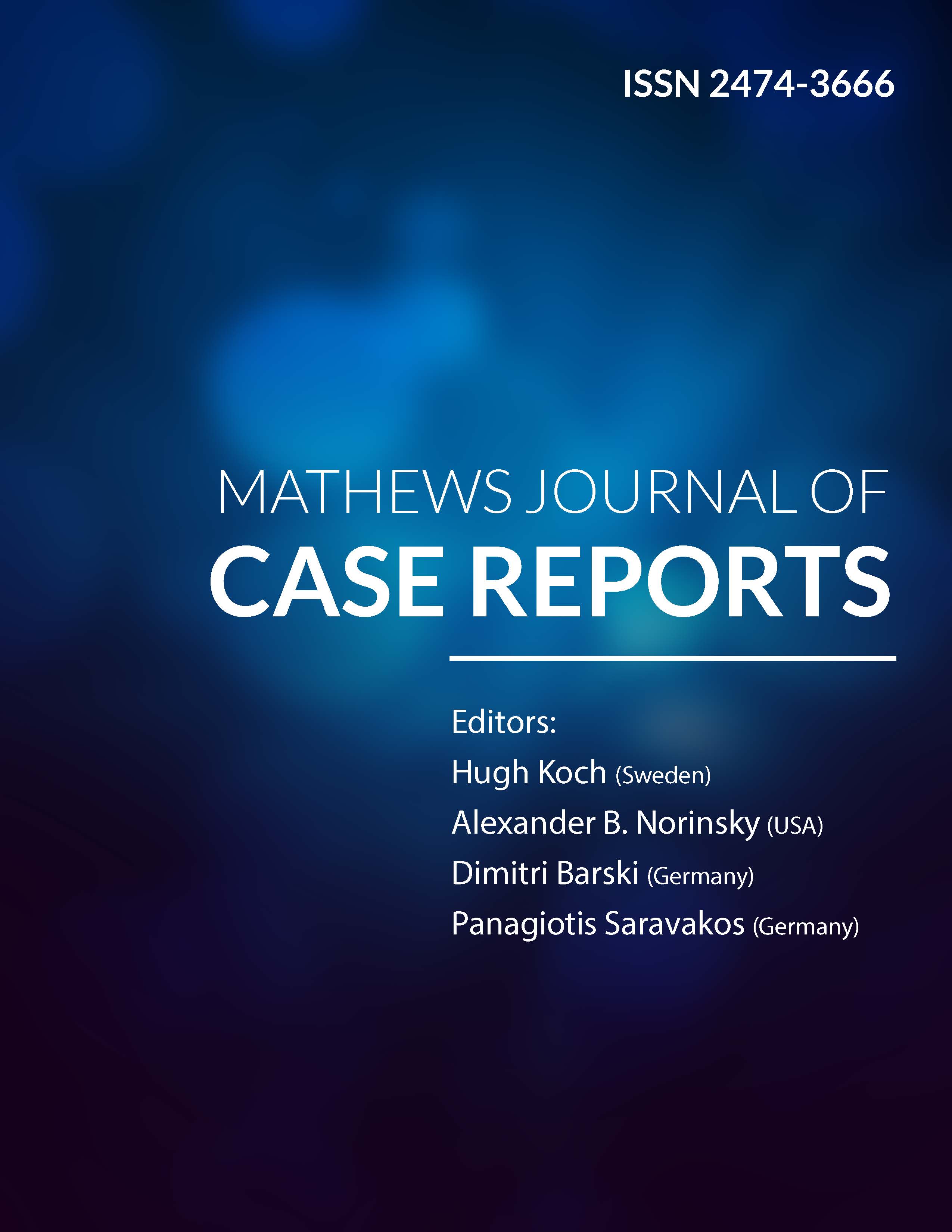
Information Links
Previous Issues Volume 8, Issue 9 - 2023
Incidence of Middle Mesial Canal in the Mandibular First Molar in the Tunisian Population: A Cone Beam Computed Tomography Analysis
Latifa Hammouda1,*, Hamed Harbi1, Sonia Zouiten1, Nabiha Douki2,Faten Ben Amor1
1Out-patient Department of the Dental Clinic of Monastir -Tunisia, Faculty of Dental Medicine of Monastir, Tunisia
2Dental Medicine Department of the Sahloul Hospital, Sousse-Tunisia, Faculty of Dental Medicine of Monastir, Tunisia
*Corresponding Author: Latifa Hammouda, Conservatrice Odontology and Endodontics resident, Out-patient Department of the Dental Clinic of Monastir -Tunisia, Faculty of Dental Medicine of Monastir, Tunisia; Tel: +21628247408; Email: [email protected]
Received Date: September 8, 2023
Publication Date: October 18, 2023
Citation: Hammouda L, et al. (2023). Incidence of Middle Mesial Canal in the Mandibular First Molar in the Tunisian Population: A Cone Beam Computed Tomography Analysis. Mathews J Case Rep. 8(9):125.
Copyright: Hammouda L, et al. © (2023)
ABSTRACT
Objectives: The purposes of this retrospective study were: 1) to assess the frequency of the middle mesial canals (MMCs) in the mandibular 1st molars and its anatomy configuration type in the Tunisian population using CBCT images 2) To correlate the incidence of MMCs with variables of sex, age and presence of a second distal canal. Materials and methods: 123 CBCT images were obtained, between December 2013 to October 2019, from the database of the department of out-patient department, faculty of dentistry, Monastir University. Mesial canals number and mesial canals system configuration CBCT were evaluated by Gallileos Viewer. 196 mature permanent first mandibular molars were included in this study. CBCT images were examined to detect the number of canals and canal configuration. The mesial root canal morphology was categorized and compared according to Vertucci and the Pomeranz classification for the MMCs configuration. Results: The incidence of the presence of MMCs in the first mandibular molars among the Tunisian population was 13.77 % (27/196). The differences in the distribution of MMCs based on sex and presence of a second distal canal were not significant (p>0.05). While MMC configuration types showed 62.96% (17/27) confluent anatomy merging with either the mesio buccal or mesio lingual canals; 29.62% (8/27) fin anatomy and only 7.4% (2/27) showed independent MMCs with separate orifices and apical foramen. The most common mesial root canal morphological type was type II (3-2) (63.63%). This study revealed that MMCs are located equidistant to both the mesio buccal and the mesio lingual canals in 16 cases (59.25%) and are located closer to the mesio buccal canals in 6 cases (22.22%). The frequency of the presence of third mesial canal in the mandibular molars decreases with age. Conclusion: The MM canals prevalence in mandibular 1st molars in the Tunisian population was 13.77 %. CBCT can be a helpful method in the identification and negotiation of this canal.
Keywords: mandibular first molar, Cone Beam Computed Tomography, middle mesial canal, morphology
Abbreviations: MMC: Middle Mesial Canal; MMCs: Middle Mesial Canals; MB: mesio-buccal; ML: mesio-lingual